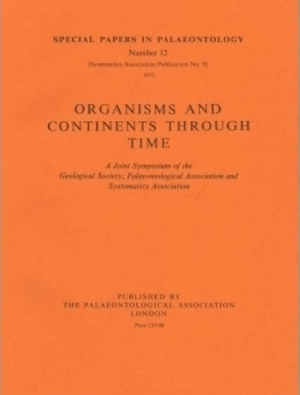Reg. Charity No. 1168330

Global tectonics furnishes a basis for understanding the historical sequence of major environmental changes. The number of provinces has varied according to the degree of continental fragmentation and separation and to the latitudinal thermal gradients, while the quality of the ecosystems within provinces has varied with latitude and with continentality. The history of these factors as implied by continental reconstructions suggests that there have been two major biogeographic systems, one (chiefly Palaeozoic) founded on the polar position of the large continent of Gondwana and characterized by low latitudinal thermal gradients and low provinciality, and one (Late Mesozoic and Cenozoic) founded upon dispersed Gondwana and Laurasian continents, high latitudinal thermal gradients, and high provinciality. Probably, each system grew from the fragmentation of a supercontinent.